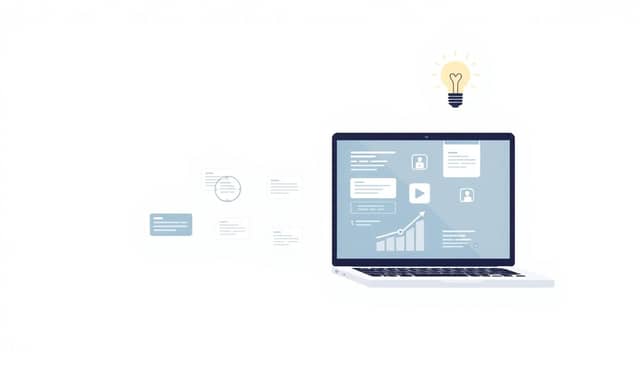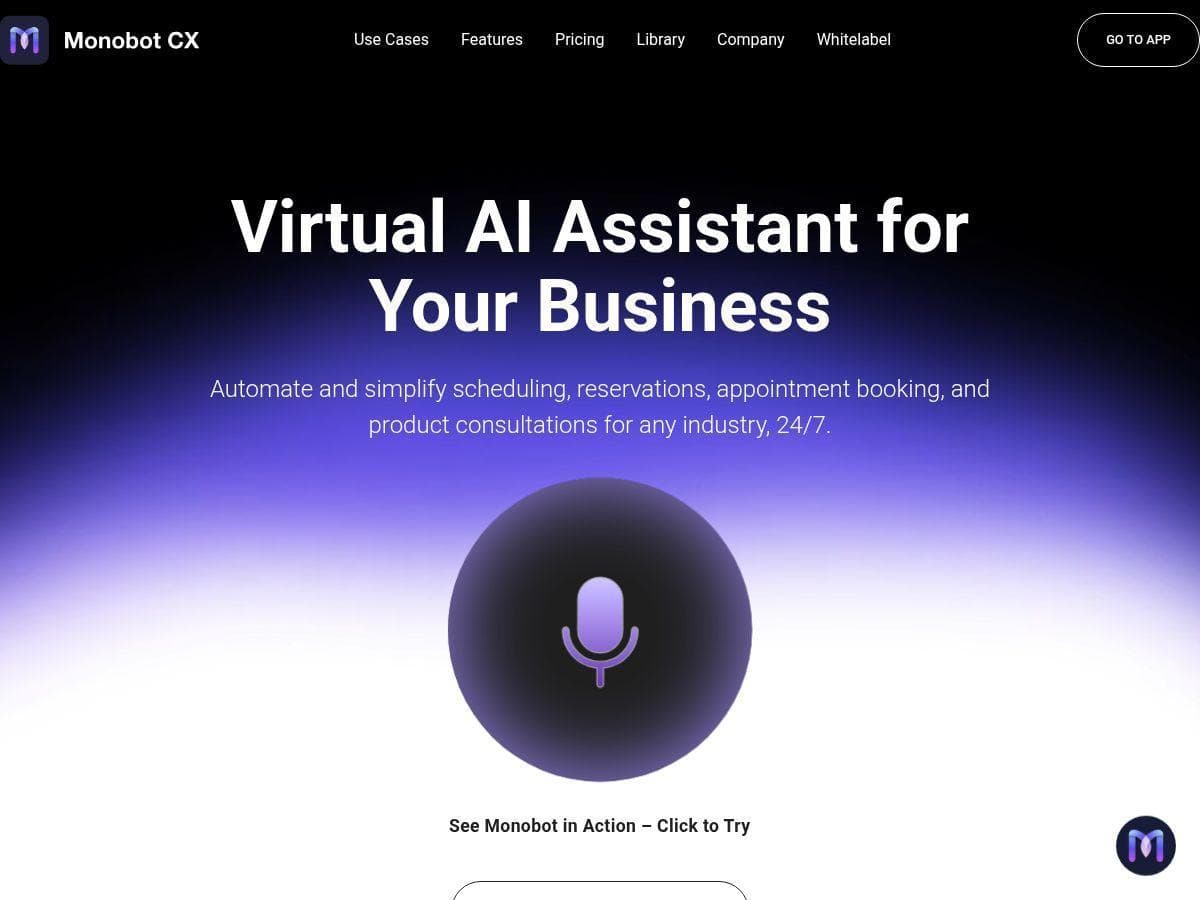Table of Contents
We all know creating fresh content all the time can be exhausting and seriously time-consuming, right? You might’ve stared at that blinking cursor on your screen, wishing you had a shortcut to great content without constantly starting from scratch.
Good news: repurposing your existing content CAN save you from burnout (and finally get some sleep). In this guide, you’ll learn easy ways to squeeze every last bit of goodness from your previous work and reach new audiences along the way.
Ready to give your old content new life? Here’s exactly how, step by step.
Key Takeaways
- Pick top-performing or evergreen content that’s already popular for repurposing, like long-form guides or highly engaged posts.
- Combine related shorter posts into bigger content pieces or refresh older articles for better SEO.
- Easily turn blogs into social media posts, short videos, or infographics to fit different platforms.
- Quickly make attention-grabbing short videos or graphics summarizing key points from existing content.
- Regularly schedule your repurposed content across different platforms to keep your audience interested.
- Use AI tools to identify key points fast and create fresh snippets faster.
- Regularly track content performance and adjust your strategy based on what works best.

Step 1: Select Your Core Content to Repurpose
Figuring out the right content to repurpose is the first step in making the most of your efforts.
The best candidates are evergreen articles, popular posts, or long-form content that has performed well.
Take a look into your analytics (Google Analytics works great for this) and find out what pages bring in consistent traffic month after month.
Also, identify posts that received heavy engagement or sparked interesting discussions in comments sections or across social media channels.
For instance, if you’ve published a detailed guide about how to become a children’s book author, you can easily repurpose that into different formats like infographics, short video summaries, or quick tips to post on social media.
Creating multiple versions of your top-performing content helps you get the maximum value from the work you’ve already done.
Step 2: Audit Existing Content for Quick Wins
Once you have a rough list of your potential content gems, you should perform a quick content audit for some easy wins.
Check your existing posts to see if there are related topics you can combine into something bigger, like an ebook or an in-depth guide.
You can easily merge several shorter articles into a longer comprehensive guide that offers readers even more value.
Also, look out for old posts that are ranking on the second or third page of Google—these are quick success opportunities where a little enhancement can move them up into the top-ranking positions.
Focus on updating information, adding new insights or data, internal linking between related posts, and improving readability to boost their SEO performance.
For example, if you have a series of posts with topics for kids to write about, consider repurposing them into seasonal lists or a sequential educational series to boost relevance.
Step 3: Convert Blog Posts into Social Media Content
Transforming blog articles into social media posts is one of the easiest and most effective ways to repurpose content.
Instead of sharing a post just once, break it down into several smaller pieces that highlight different key ideas or tips.
For instance, you can pull interesting quotes, statistics, or bullet points from your article and make these into standalone social media posts or even carousel slides.
If your blog post is a step-by-step guide like How to Be a Beta Reader, consider creating simple graphics summarizing each step to easily share on platforms like Instagram or Pinterest.
Tools like Canva or Adobe Express are great for quickly creating visually appealing snippets.
Make sure you adjust the tone and style to suit how your followers talk and interact on different platforms—Instagram users, for example, may prefer friendly captions and visuals, while LinkedIn users might appreciate concise tips and professional tone.

Step 4: Turn Existing Content into Short Videos
Videos grab attention and engage your audience faster than text alone, and luckily, you don’t need fancy equipment or hours of filming to get started.
You can simply take key points or steps from your popular blog articles and create short, engaging videos using basic video apps like Canva or Adobe Express.
For example, if you have a detailed article on how to get your book published without needing an agent, you might film a short 30-second clip highlighting three key tips from the article and post this to Instagram Reels, YouTube Shorts, or TikTok.
Statistics show that short-form videos are great for driving traffic and engagement, helping you expand your reach to new audiences who might not regularly read long posts.
Also, don’t worry about making polished, professional-level productions—casual clips that feel personal and genuine often perform even better on social channels.
Step 5: Refresh Old Content to Improve SEO Rankings
If your website’s full of older content, don’t let it gather digital dust; updating old posts is much quicker and less costly than creating completely new ones.
Approximately 46% of marketers believe repurposing existing content delivers better results than crafting new content from scratch, which makes refreshing old posts a smart way to improve your SEO.
Start off by checking your Google Analytics and Search Console to identify content that’s sitting just outside Google’s first page (think page two or three of results).
Once you’ve targeted the posts that need some TLC, update details and statistics to reflect current info, improve readability, add relevant internal links, and fix any outdated images or graphs.
Do a quick competitor scan to ensure your upgraded content covers anything they have that you might’ve missed.
Google appreciates fresh, updated content and rewards it with higher rankings, making regular content updates worth the effort.
Step 6: Break Down Case Studies into Multiple Content Types
If you have detailed case studies already produced, don’t just let them sit idle; they’re content gold you can use across multiple channels.
For instance, take the key lessons or success metrics from a long case study and turn them into a short infographic for social media.
You could also pull memorable quotes from satisfied clients and create captioned graphics or testimonial roundups suitable for LinkedIn or Instagram.
If your audience enjoys audio content, why not turn case study results into podcast episodes discussing your findings?
Repurposing existing in-depth material this way not only saves you time but also gives your content way more mileage, bringing new eyes to your valuable insights.
Step 7: Use AI Tools to Find and Organize Content Snippets
AI tools aren’t just for futuristic tech enthusiasts anymore—they’ve become everyday companions for smart content marketers.
Today, AI-driven tools lead the way in content repurposing, quickly extracting valuable snippets and highlights from longer articles or videos, letting you create multiple content formats from just one asset.
Tools like Jasper or Copy.ai can save you hours by identifying important sections perfect for social posts, headlines, email newsletters, even brief video scripts.
Example: say your website has long-form posts about creative writing ideas, you can use such AI tools to quickly pick out engaging prompts and tips suited for shorter social media posts or stories—for instance, catchy ideas from your winter writing prompts article as standalone captions or tweets.
Adopting a good AI tool into your workflow streamlines content creation and frees you up for more strategic or creative tasks.
Step 8: Schedule and Post Repurposed Content Regularly Across Platforms
The secret to great content repurposing isn’t just turning content into multiple formats; you also need to be consistent in scheduling and posting it.
About 42% of marketers cite maintaining frequent, consistent content creation as challenging, making schedules especially helpful.
Use scheduling tools like Buffer, Hootsuite, or Later to plan and batch your content distribution, allowing you uninterrupted workflow and engagement.
Don’t rely solely on one platform—even if Instagram is your main focus, still repurpose and schedule relevant content on LinkedIn, Facebook, YouTube, Twitter, or even Pinterest.
For instance, you could schedule short video clips extracted from your posts across various social media channels throughout the week, mixing in text-based content like quotes, tips, or checklists.
This steady posting rhythm helps keep your audience engaged without overwhelming them—and makes your content consistently visible.
Step 9: Track Success and Adjust Your Strategy Based on Results
Here’s a friendly reality check: content creation and repurposing should never be set-it-and-forget-it—you’ve got to measure what’s working and tweak what isn’t.
54% of marketers actively track their content marketing ROI, and tracking results helps identify the highest-performing repurposed content.
To do this effectively, monitor metrics such as website traffic from repurposed materials, social shares, comments, and conversion rates.
Using free tools like Google Analytics lets you find out exactly what content formats and distribution channels work best.
Adjust your repurposing strategy based on this data—for example, if short videos consistently outperform other formats, scale up your focus on video content.
Staying flexible and responsive to your audience’s preferences is essential for successful long-term content repurposing.
FAQs
Select top-performing or evergreen blog posts, case studies, or guides that remain relevant over time. Choose content that previously garnered considerable engagement or attracted steady organic traffic, as these often translate well into multiple formats like videos or social posts.
Identify key points or tips from blog posts and create short video clips using visuals, text overlays, and narration. Tools like Canva, Lumen5, or simple screen recordings are helpful for quickly converting articles into engaging video summaries or tutorials.
Consistency is key, but avoid overwhelming followers. Aim to post repurposed content regularly—several times weekly across various platforms. Establishing a content calendar helps in planning your posts evenly and keeps your audience interested without fatigue.
Track key engagement indicators like clicks, shares, watch time, and comments alongside website traffic and SEO performance. Evaluating these metrics regularly helps determine which content strategies resonate best, enabling adjustments for better performance and audience response.



